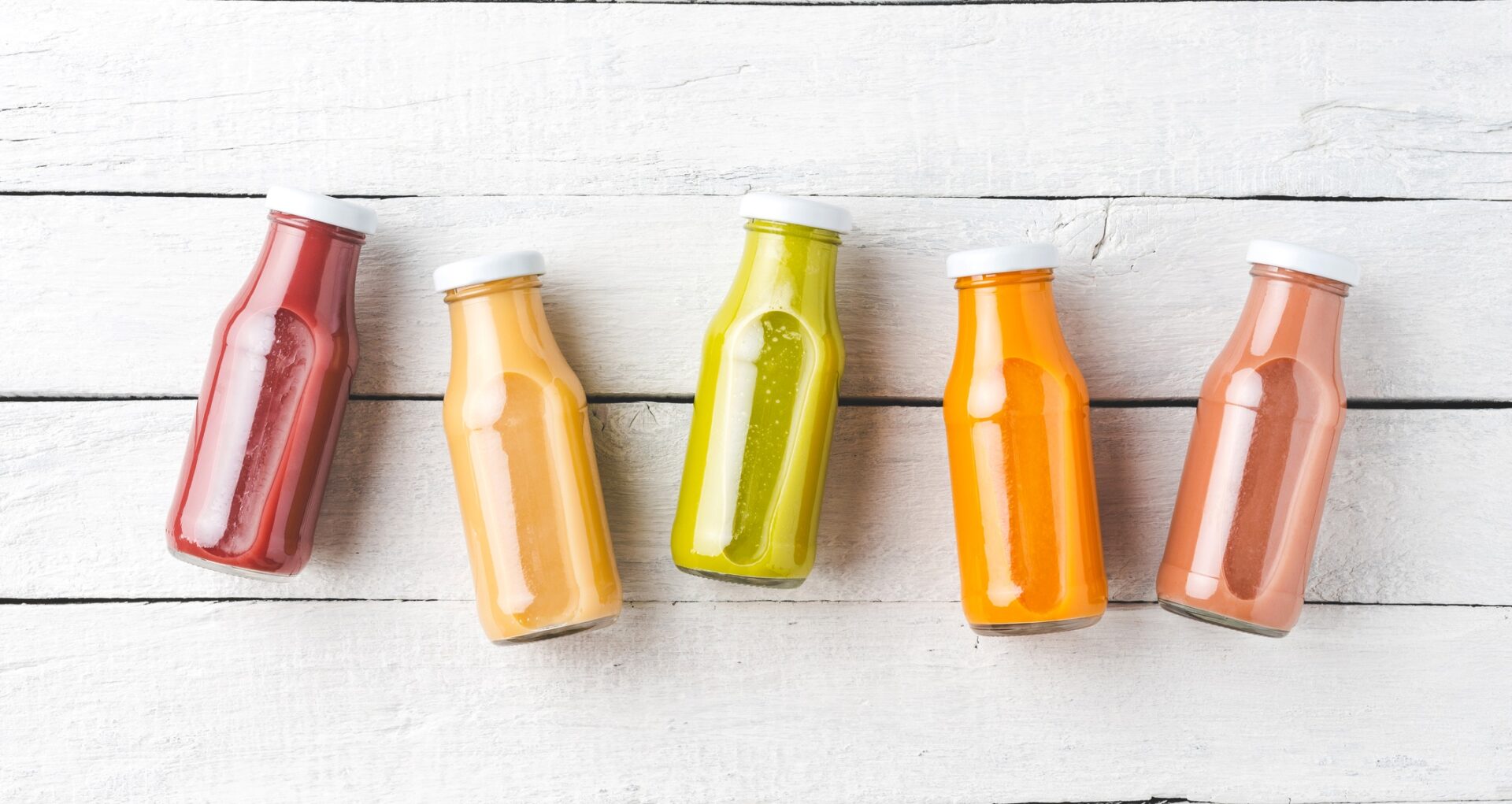Exploring Fun & Natural Colors for Food & Beverage

Become a food artist with natural colors!
In a world where we eat with our eyes first, the visual appeal of food plays a crucial role in enticing our taste buds and enhancing our food experience. Natural colors not only add vibrancy to dishes but also offer a way to color with nature in mind, making them an ideal choice for food applications. Let’s embark on a colorful journey through the world of fun and healthy natural colors, exploring their different uses and benefits.
Red Radiance
Red natural colors derived from sources such as beets, strawberries, and raspberries lend a vibrant hue to dishes. Beets are a popular choice for adding color to a variety of food applications such as bars, dairy products, and baked goods. From beet-infused pasta to strawberry-topped desserts, the possibilities of incorporating natural red colors into food applications are endless.
Golden Glow
Turmeric, saffron, and carrots are just a few examples of natural ingredients that impart a golden hue to dishes. Turmeric, prized for its rich golden color adds vibrancy to curries, soups, and sauce dishes. Similarly, saffron, infuses dishes with a rich golden hue. Carrots are a versatile ingredient that adds a golden orange color to both sweet and savory dishes.
Green Goodness
Green natural colors sourced from spinach, kale, and avocado not only create visually stunning dishes but also provide versatile options of blends from a broad variety of sources and options, depending on type and concentration. Spinach and kale are popular choices for adding vibrant green hues to smoothies, dressings, and pasta dishes. Avocado, prized for its creamy texture, adds a rich green hue and velvety smoothness to dips, spreads, and dressings.
Purple Passion
Purple natural colors derived from sources such as blueberries, blackberries, and purple sweet potatoes add visual appeal to dishes. Blueberries and blackberries, lend a deep purple hue and a burst of flavor to bakery mixes, snacks, bars, and desserts. Purple sweet potatoes are a versatile ingredient that adds rich color to dishes ranging from soups to baked goods.
Blue Bliss
While natural blue colors are relatively rare in the culinary world, blue spirulina is gaining popularity for its striking hue. Blue spirulina, derived from blue-green algae, adds a vibrant blue color to a variety of food applications.
The Beauty of Natural Colors
Natural colors offer a spectrum of hues that not only enhance the visual appeal of food products but are naturally sourced and therefore free of any chemicals potentially harmful to human health. From the rich reds of beets to the vibrant greens of spinach and kale, the development possibilities are endless. By incorporating fun and natural colors into food applications, brands and food manufacturers alike can create dishes that not only tantalize the taste buds but are also cleaner label and do not provide any health or safety concerns for consumers.




